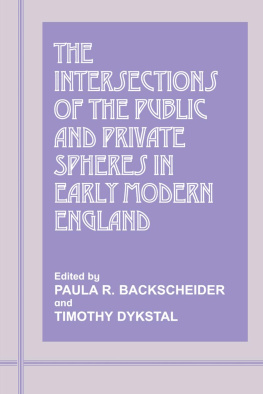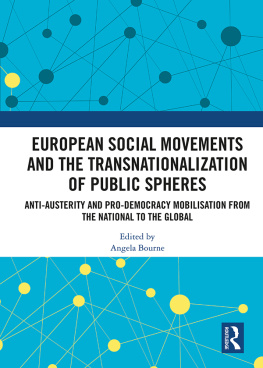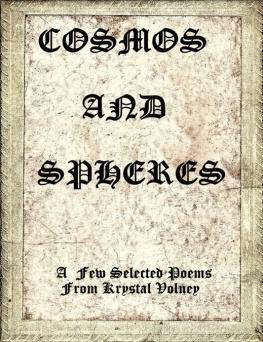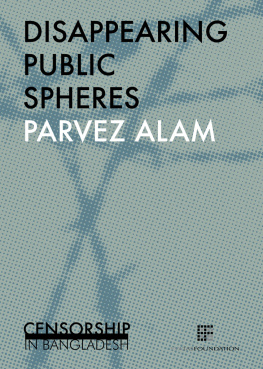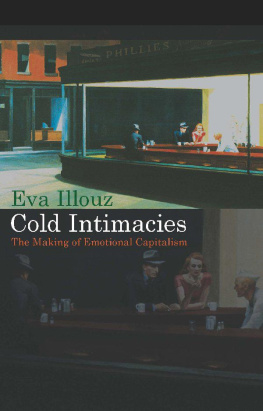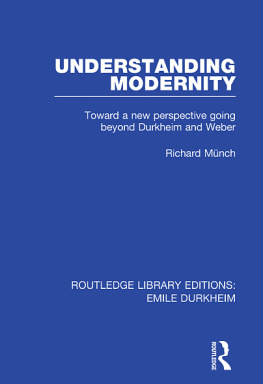First published in 1996 by
FRANK CASS AND COMPANY LIMITED
Published 2013 by Routledge
2 Park Square, Milton Park, Abingdon, Oxon OX14 4RN
711 Third Avenue, New York, NY, 10017, USA
Routledge is an imprint of the Taylor & Francis Group, an informa business
Copyright 1996 Frank Cass & Co. Ltd
British Library Cataloguing in Publication Data
The intersections of the public and private spheres in early modern England
1.Privacy 2.Privacy, Right of 3.Public interest 4.Civil rights 5.Common good
I.Backscheider, Paula R. II.Dykstal, Timothy
323.4
Library of Congress Cataloging-in-Publication Data
The intersections of the public and private spheres in early modern England / edited by Paula R. Backscheider and Timothy Dykstal.
p. cm.
First published in a special issue of Prose Studies, Vol. 18, No.
3, December 1995.
Includes bibliographical references.
1. Social structure. 2. Social systems. 3. Public interest.
I. Backscheider, Paula R. II. Dykstal, Timothy.
HM131.I567 1996 301--dc20
95-44577
CIP
ISBN 13: 978-0-714-64275-8 (pbk)
This group of studies first appeared in a Special Issue of Prose Studies, Vol. 18, No.3 (December 1995), [The Intersections of the Public and Private Spheres in Early Modern England].
All rights reserved. No part of this publication may be reproduced, stored in a retrieval system, or transmitted in any form, or by any means, electronic, mechanical, photocopying, recording or otherwise without the prior permission of the publisher.
PAULA R. BACKSCHEIDER
The idea for this collection came to me while I was teaching, and teaching what may be my fields least taught subject: Restoration and eighteenth-century tragedy. My students, thankfully not yet initiated into the opinion that this subject is the armpit of English literature (a former colleagues phrase), were engaged and even moved by the plays. Without denying the complexity and political dimensions or the beauty of the poetry, they returned most resonantly to what might be called private sphere longings. Just as the popular audiences 250 years ago were, they were caught up in the fantasies of what Kurt Vonnegut called a nation of two. They responded to Drydens Cleopatra and Antony, Rowes Jane and Dumont Shore, and Aphra Behns Angellica Biancas virgin heart. Otways Belvidera, whose loyalties to husband, father, and country tear her apart and destroy her family, intrigued them.
So relentlessly does the public invade the lives of these characters and so powerfully do their creators invoke the conflict between public and private that one of the most influential, structuring myths of Western culture becomes painfully obvious. The public is the world of duty, work, hard decision-making, frustration, social maneuvers and transactions, battle, and Foucaults age of surveillance; the private is haven in a heartless world, place of rest, peace, contemplation, renewal sanctuary. Even a Cleopatra can say, here [Caesar] offers Egypt,/And joins all Syria to it, as a present but Nature meant me/A wife, a silly, harmless, household dove,/Fond without art, and kind without deceit. Dumont describes and Jane Shore embraces, a little peaceful refuge. Far from the court and the tumultous city There stands a healthful dwelling, Built for convenience and the use of life. Harmless, kind, refuge, dwelling, convenience the words pile up in stark contrast to tumultuous strife and striving. Social scientists have continued to trace what Edward Shorter describes as the familys [increasing] awareness of itself as a precious emotional unit that must be protected with privacy and isolation from outside intrusion.1
The awareness of these spheres seems everywhere in the literature of the early modern period, but the boundaries are infinitely permeable and the definitions varied.2 Manley in the Vanbrugh-Cibber Provokd Husband talks of homelife as compensation for irksome disappointments and business. John Dryden, Andrew Marvell, and Nonconformist essayists poignantly evoke the tension between the vita activa and the vita contemplativa in To My Cousin, John Driden, Upon Appleton House, and Richard Baxters tracts. Baxter, for instance, exhorts, A weariness of converse with men, is oft conjunct with a weariness of our duty.3 In the hard-edged comedies of the early period, playwrights show how easily the ideology of publicprivate can be exploited in order to gain and hold power. Mirabel and Millamant in Congreves Way of the World, for instance, use the public to protect the private, and Marwood and Fainall use the public to conceal and exploit the private. Earlier, in his Autobiography Benvenuto Cellini writes about his self as if the public self was absolutely synonymous with the private self and uses public personalities to divulge what we would now call private desires.
For me it was another example of the way the concept of the public and private as separate spheres does not work. Ruthlessly penetrating anything that would be home as haven, the public is still as confining as the private, the prison house of politicians, as it has seemed to me since the mid-seventies. I agree wholeheartedly with Aida Hurtado and extend her statement to almost any time and place in history:
The state has intervened constantly in the private lives and domestic arrangements of the working class. Women of Color have not had the benefit of the economic conditions that underlie the public/private distinction. There is no such thing as a private sphere for people of Color except that which they manage to create and protect in an otherwise hostile environment.4
Is there for any of us? and for what finite period of time do we manage to create and protect such a retreat?
For as long as I can remember I have had three obsessive reservations about the concept of the private/public sphere. The first is implied in Hurtados statement; by focusing on public and private in their gendered permutations, we exclude race.5 Linda Kerber has gone so far as to say that using that paradigm allows us to ignore it.6 The other reservations come from writing and thinking about biography and from feminism. These last two are related not only to what I do professionally but to part of how I define who I am.
But the publicprivate works for a lot of scholars, historians, and critics whom I respect. It has even been a useful heuristic instrument for me and is undoubtedly embedded in my consciousness because I grew up in Anglo-American culture. So I enlisted a believer, a colleague more systematically engaged in the usefulness of the concept and sure to give balance to a collaboration, and, through this editorial project, began to explore the concept and how it is being used and critiqued today.

